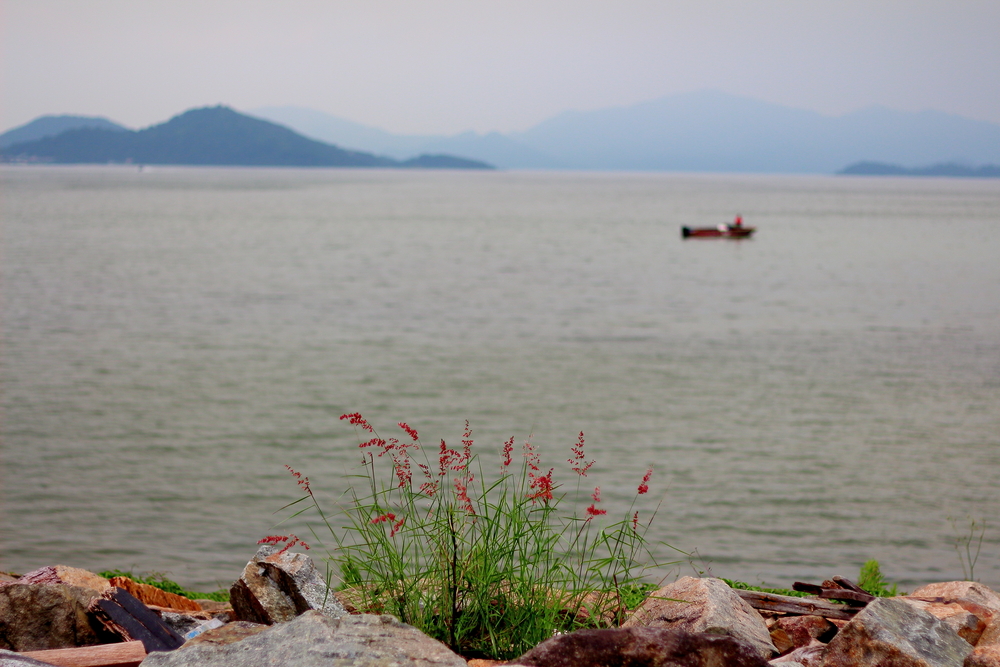South China Sea Tensions Disrupt ASEAN Plans

Please note that we are not authorised to provide any investment advice. The content on this page is for information purposes only.
After months of speculation, the USS Lassen sailed within 12 nautical miles of an artificial Chinese island on 27 October 2015. In doing so, it completed the first in a series of planned freedom of navigation operations in the South China Sea (SCS). The operation is the strongest assertion yet by the US Navy that it rejects Chinese reclamation projects, which could escalate tensions in the region.
After months of speculation, the USS Lassen sailed within 12 nautical miles of an artificial Chinese island on 27 October 2015. In doing so, it completed the first in a series of planned freedom of navigation operations in the South China Sea (SCS). The operation is the strongest assertion yet by the US Navy that it rejects Chinese reclamation projects, which could escalate tensions in the region.
Southeast Asia is now undoubtedly at a unique moment in its history. ASEAN is nothing like its predecessor, the Southeast Asia Treaty Organization, which was essentially an effort to regionalise a collective defence NATO-like mechanism in the context of the Cold War. Today, the Association is a respectable, ten-country regional organisation that occupies the driver’s seat of an amalgamated network of regional frameworks such as the ASEAN Regional Forum, ASEAN Plus Three and the East Asian Summit. Following the end of the Six-Party Talks in 2009, ASEAN has drawn attention as the most promising venue left for regionalism and security cooperation.
Yet ASEAN members have been struggling to find areas of agreement when it comes to the increasing tensions over the SCS dispute. To start with, only four ASEAN member states — the Philippines, Vietnam, Brunei and Malaysia (and possibly now Indonesia) — have ongoing territorial disputes with China over the SCS. However, none of the ASEAN claimants with overlapping claims have recognised each other’s claims. Nor is there is any ad hoc approach or an ASEAN Troika to resolve this matter.
Meanwhile, China remains ASEAN’s largest trading partner and the largest trading entity of many of its member states. Those without a direct stake in the SCS maritime disputes are therefore opposed to antagonising China over such an issue, which in their view, does not concern them. This is quite clearly the position China wants its neighbours to adopt. China has been eager to downplay the role of ASEAN, and multilateral mechanisms on the whole, in containing the dispute.
ASEAN’s overall weakness in addressing the SCS dispute also lies in the fact that this organisation lacks an enforcement court or tribunal. The ASEAN Dispute Settlement Mechanism is, for all intents and purposes, redundant since it is subject to parties’ consent on such measures; an opposed party can thus prevent the ASEAN High Council from being formed.
To date, ASEAN’s standard rhetoric is that ‘ASEAN leaders will not internationalise the SCS dispute’, since it wishes to remain neutral in this dispute. However, for ASEAN to remain aloof from the SCS issue is illogical and impossible. Very recently, the meeting of regional defence ministers on 4 November 2015 — in the ASEAN Defence Ministers Plus (ADMM-Plus) in Malaysia — failed to issue a joint declaration as scheduled for the first time. This is allegedly due to an attempt by China to block mentions of its assertiveness in the SCS.
ASEAN is handling the conflict in line with regional objectives and as its normative and pragmatic interests dictate. The customary ‘ASEAN Way’ and its ‘slow but sure’ approach might hinder the Association from offering a decisive response to a series of post-Cold War issues that member states have not encountered before.
ASEAN should enhance the adoption of the official Code of Conduct as an extension from the non-binding Declaration on the Conduct of Parties in the South China Sea. In addition, it should make use of China’s official advocacy of a ‘dual track approach’. This approach envisages firstly the handling of bilateral disputes by the countries directly concerned through negotiation; and secondly the maintenance of peace and stability in the SCS though the efforts of China and ASEAN as a whole. In practice, though, the conceptual dichotomy of the dual tracks is less clear-cut.
In economic terms, with a combined population of over 600 million, ASEAN has the potential to become the fourth biggest economy by 2030. The current Trans-Pacific Partnership (TPP) talks include just four ASEAN member states: Brunei, Malaysia, Singapore and Vietnam. Some ASEAN members have shown reluctance in joining the talks because of the demanding requirements for regulatory convergence in areas such as intellectual property rights, state-owned enterprises, and competition. With the escalation of SCS disputes, divergent interests and deteriorating diplomatic relations have put a strain on ASEAN and China’s joint efforts toward economic integration.
ASEAN’s position on the SCS issue so far has been somewhat ambiguous. Security and stability in the SCS is critical for both Southeast Asia and for ASEAN as an organisation, yet ASEAN has failed to take the initiative in resolving tensions. While the territorial dispute in the SCS is highly complex, a piecemeal approach would be a pragmatic first step towards a long-term solution.
With potential security threats arising across the region, it is vital that ASEAN further its dispute settlement capacity, in order to serve the region’s core interests — namely regional peace and stability, as well as multilateralism.
ASEAN’s uncertain stance in the South China Sea is republished with permission from East Asia Forum




